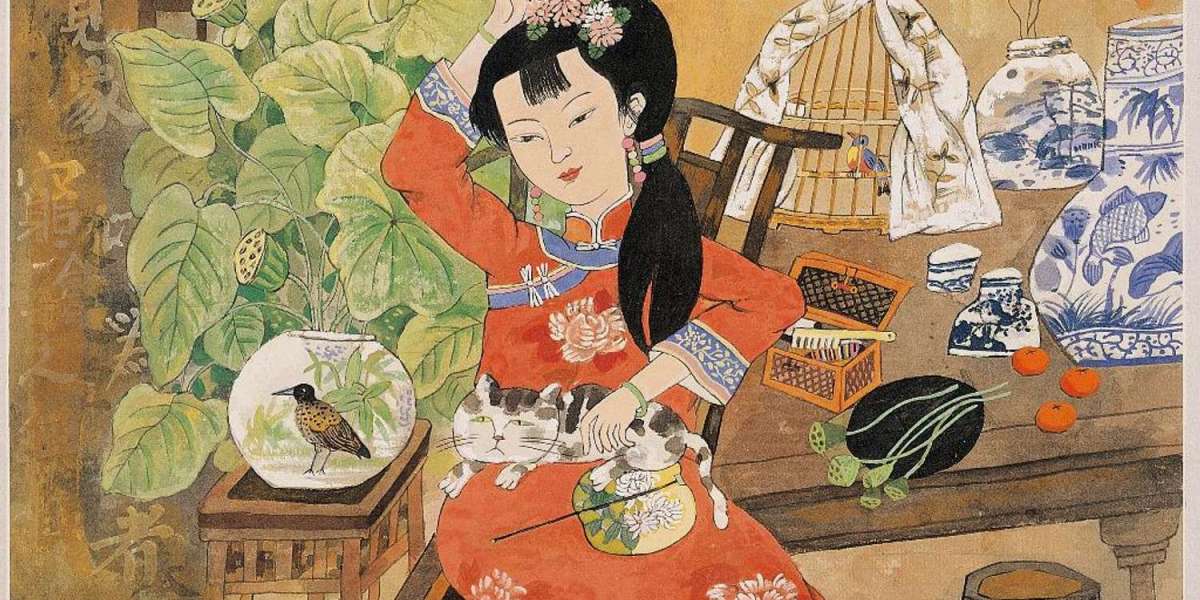Chinese art stands out from other ancient art traditions due to its deep connection with philosophy, symbolism, nature, and the spiritual world. Unlike many Western art traditions that often emphasize realism and individualism, Chinese art is more about harmony, balance, and capturing the essence of a subject rather than its exact appearance.
One of the most unique features of Chinese art is its close relationship with nature. Chinese painters, especially during the Song and Yuan dynasties, focused on landscapes, mountains, rivers, and the changing seasons. These scenes were not painted for realism but to express the inner world of the artist and the philosophical concepts of Taoism and Confucianism. For example, a lone figure walking in a vast mountain landscape might symbolize the journey of life or the search for spiritual meaning.
Calligraphy is another distinct and respected form of Chinese art. In Chinese culture, calligraphy is not just writing but a high art form that reflects the personality and spirit of the writer. The brushstrokes, spacing, and flow of ink all convey emotion and rhythm, often compared to a dance on paper. Scholars and poets were admired not just for their ideas but also for how beautifully they could express them through calligraphy.
Chinese art is also known for its use of symbolism. Animals like dragons, phoenixes, cranes, and tigers have deep meanings. A dragon often symbolizes power and good fortune, while a crane can represent longevity. These symbols are often seen in paintings, ceramics, and decorative arts, helping to tell stories or express wishes for prosperity and happiness.
Ceramics is another area where Chinese art excels. Chinese porcelain, especially from the Ming and Qing dynasties, was highly prized around the world. The Chinese developed advanced techniques for glazing, coloring, and firing ceramics that were far ahead of their time. Blue-and-white porcelain became especially famous, featuring detailed designs of flowers, birds, and scenes from daily life.
Religious and spiritual beliefs also influenced Chinese art. Buddhism, which entered China from India, inspired the creation of grand statues, temples, and wall paintings. These artworks often depict serene Buddhas, Bodhisattvas, and scenes from Buddhist teachings. Daoist and Confucian themes are also common, emphasizing harmony, morality, and respect for nature and ancestors.
In conclusion, Chinese art is unique because it reflects a culture that values harmony with nature, spiritual expression, symbolism, and scholarly achievement. It is not just about what is seen with the eyes, but also what is felt with the heart and mind. This deep connection between the artist, the subject, and the natural and spiritual worlds makes Chinese art one of the richest and most enduring traditions in the world.



